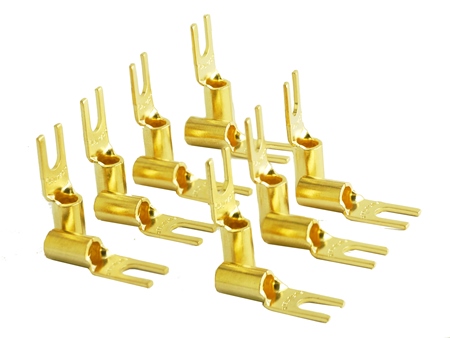Dave, you seem to know quite a bit on the subject. I agree that two parallel wires wound to make a solenoid carrying the same current but in opposite directions has an inductance of zero. Have you considered what happens when the return current is out of phase with the input current as will most definitely be the case on the output of an amplifier. The time averaged magnetic field will still be zero but within any given cycle there will definitely be inductance because at any instant in time the two magnetic fields don't cancel each other.
I'm definitely not an expert!
I think you'd have to investigate the specific geometries of the cable and the coil in question, and results may vary quite a bit from case to case... as does speaker cable performance in different systems. I should have been more clear that the coiling of a cable isn't the same as a coiling a single wire, it won't create inductance if the pair's magnetic fields cancel.

















